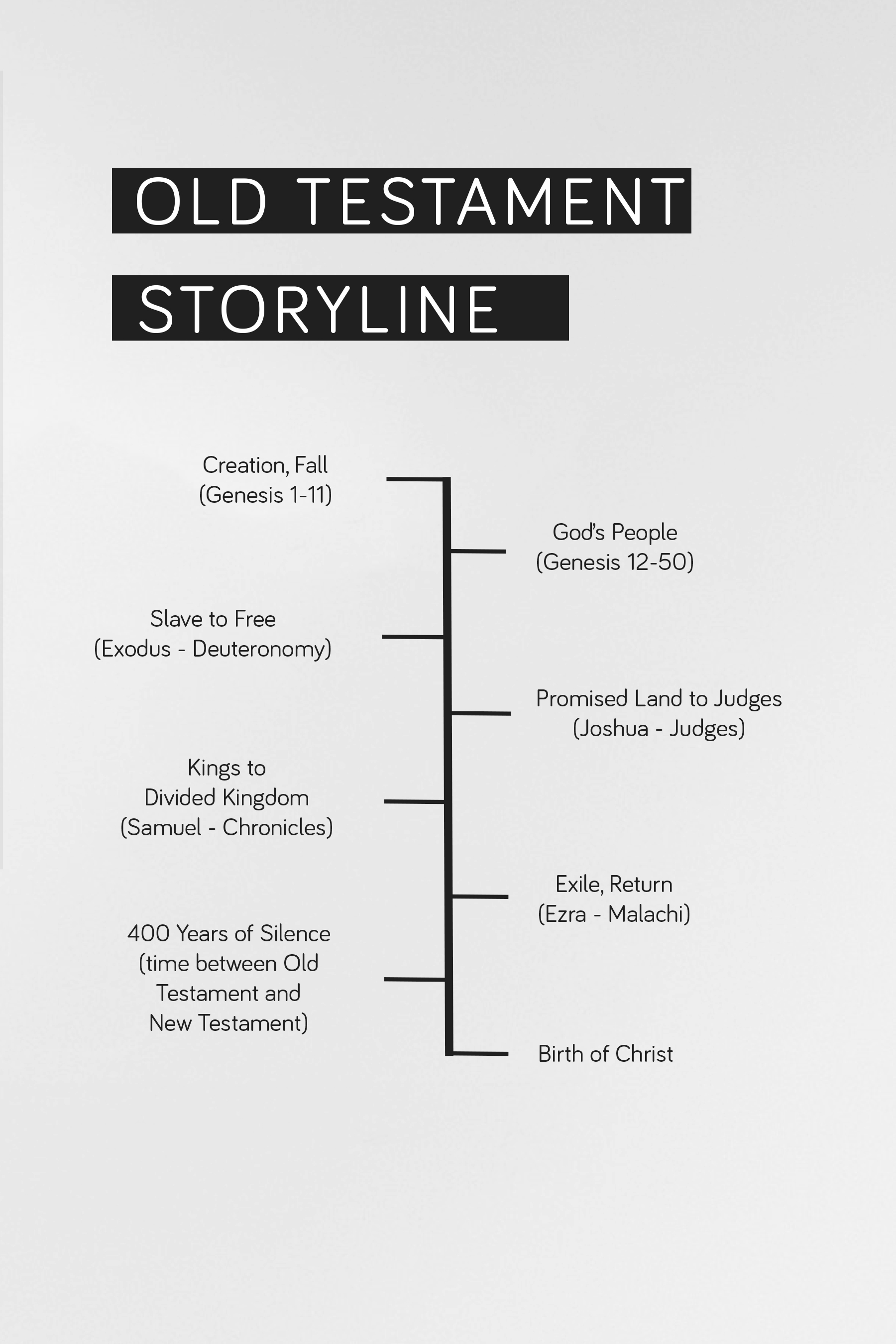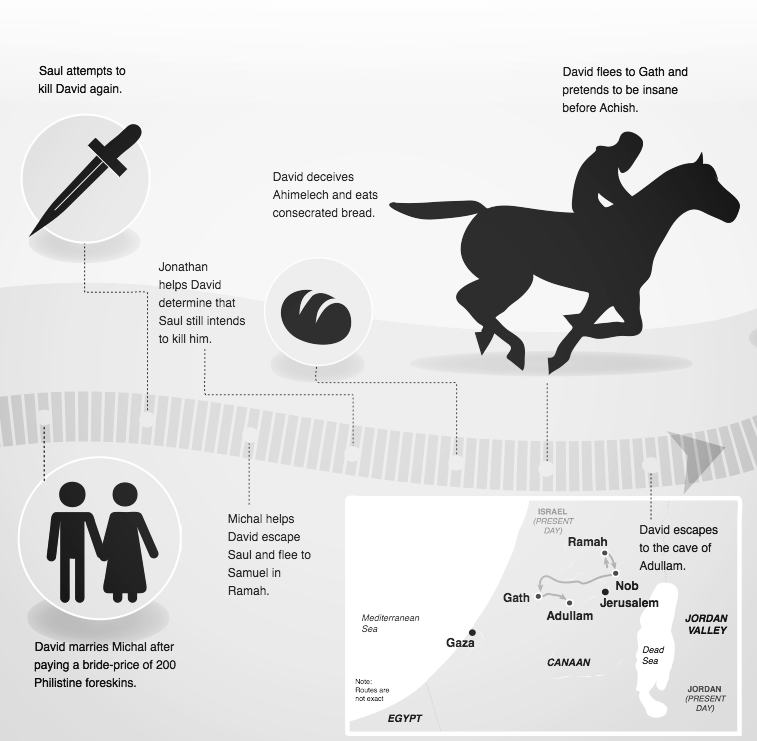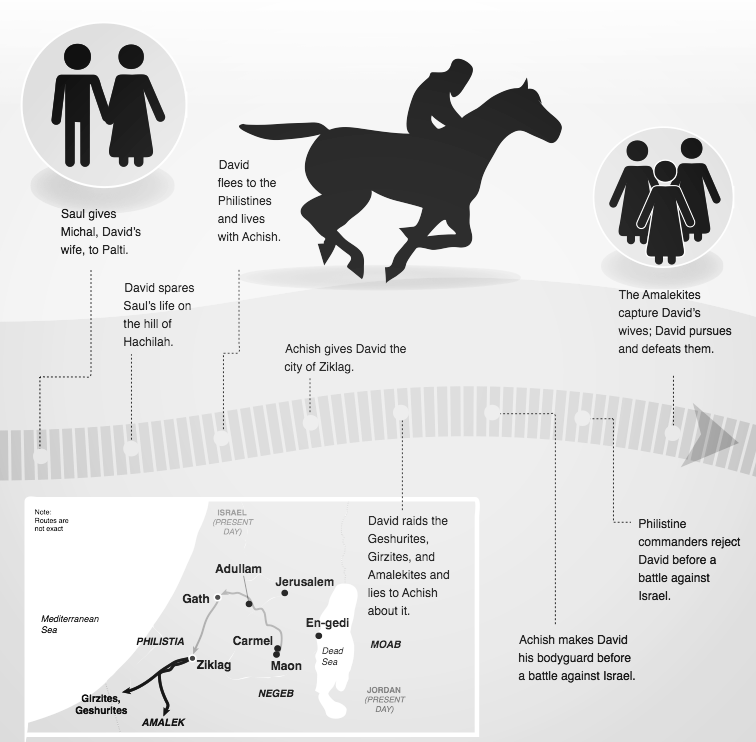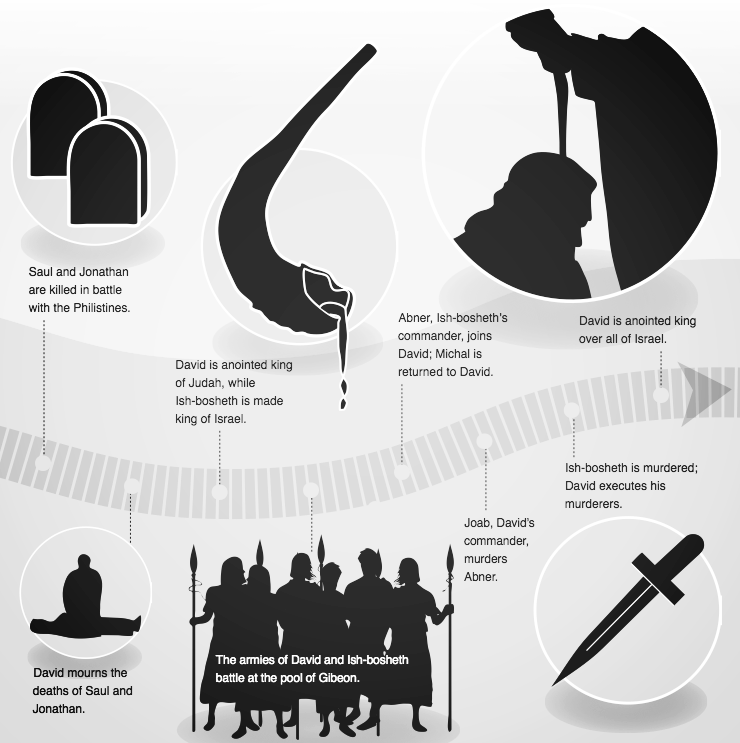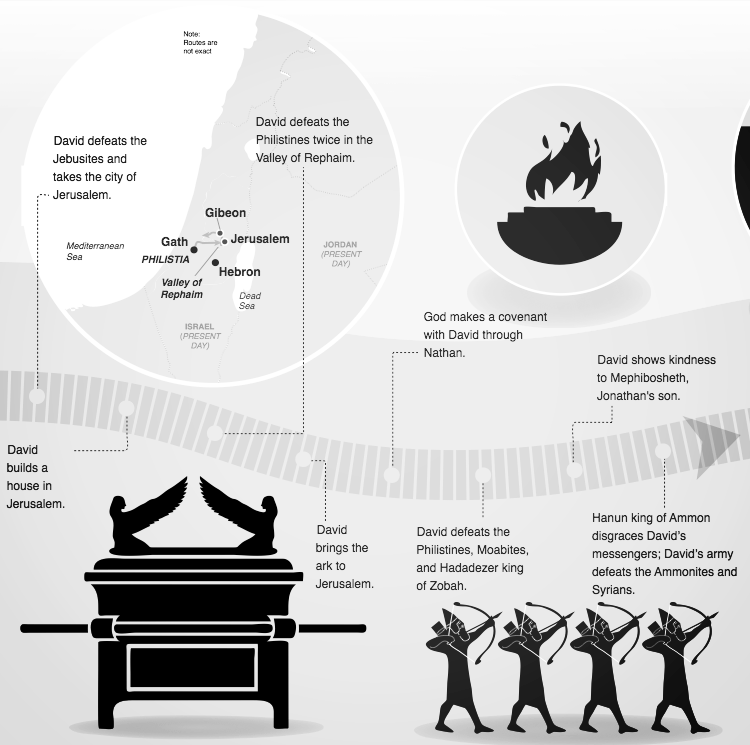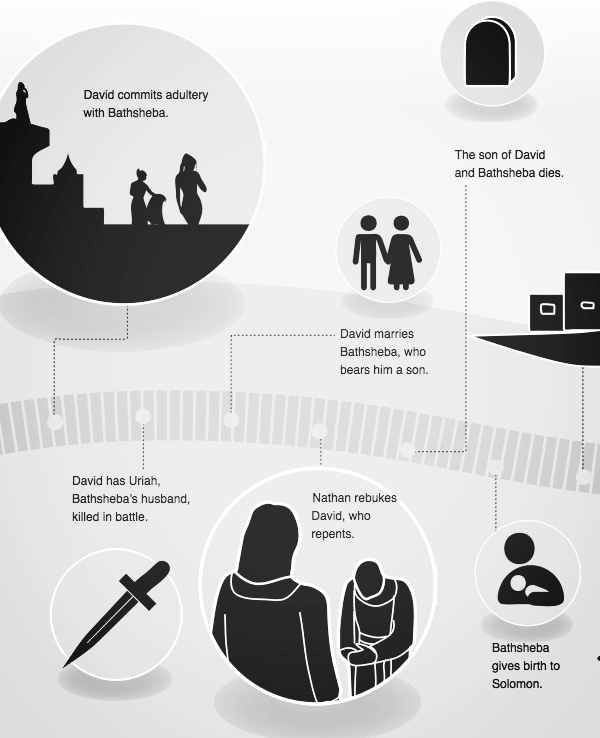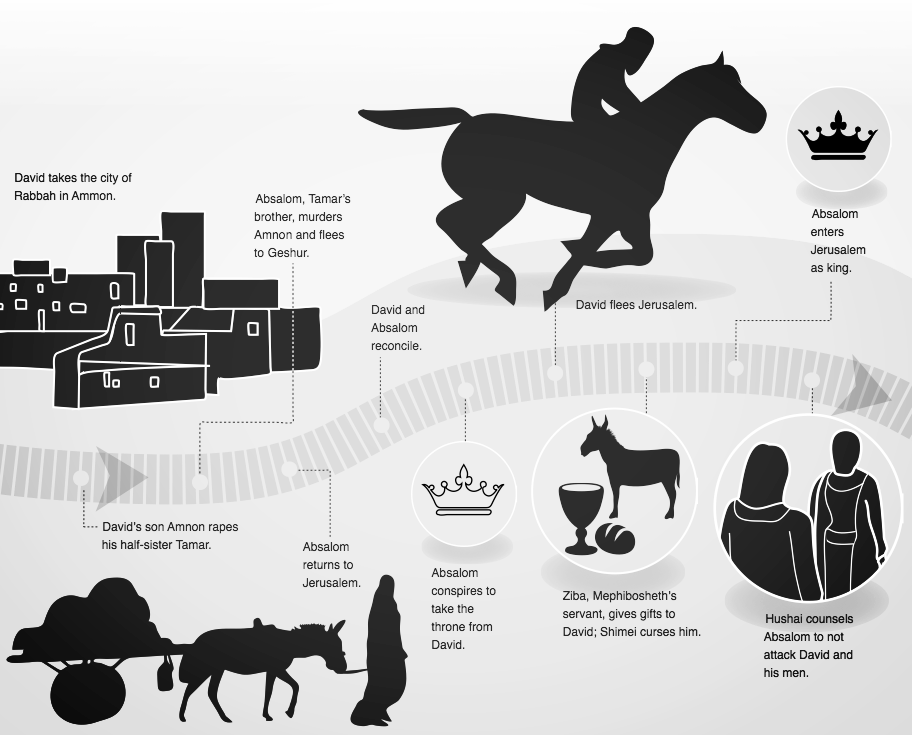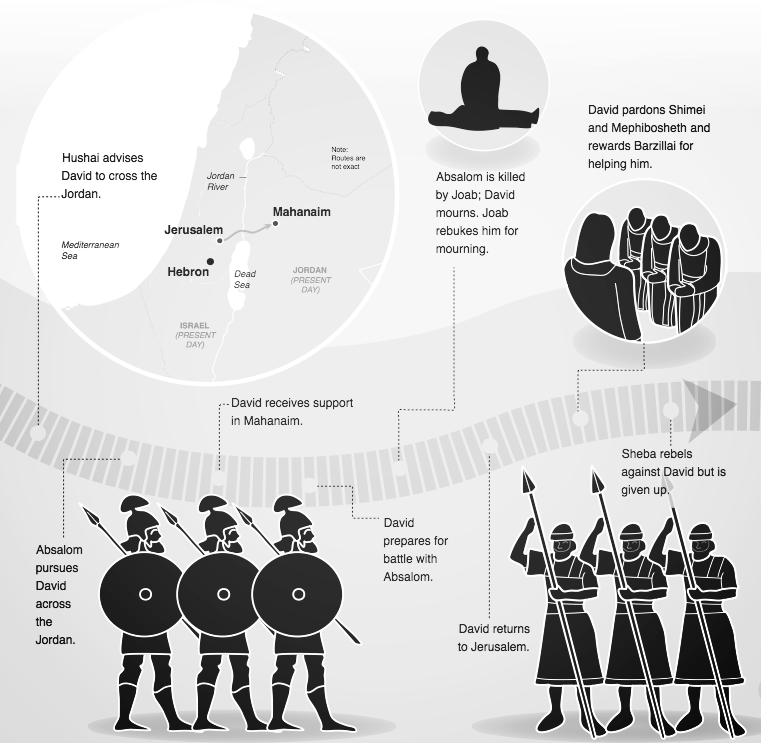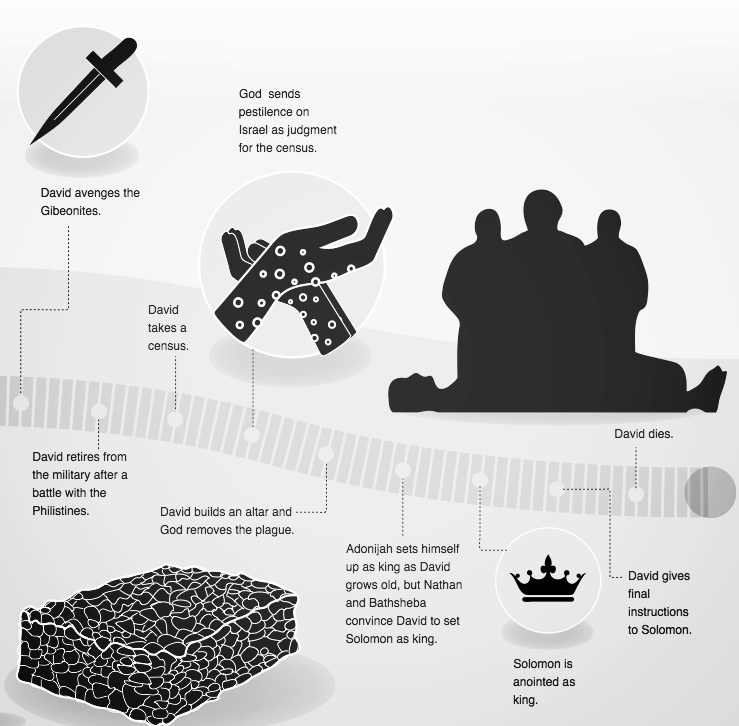Portraits of a King
David is one of the greatest heroes of the Bible. He was given the title “a man after God’s own heart.” But that doesn’t mean he didn’t face trials, deal with struggles, and make poor choices. All through his journey we find portraits of people who chose him, encouraged him, tried to kill him, and ultimately pushed him to God’s purpose for his life.
Book Overview
1 and 2 Samuel cover almost 150 years of Israel’s history (approximately 1100 BC to 970 BC). The books are named after Samuel, the primary prophet in Israel under whose leadership the people of Israel progressed from being a loose confederation of tribes to a single unified nation. Samuel anointed the first two kings of Israel, and his influence paralleled that of Moses, an earlier leader of the nation (Psalm 99:1, Jeremiah 15:1). Samuel, Saul, and David are highlighted as the primary characters in the books. Throughout the narrative, the reader encounters the repeated themes of God exalting humility, opposing pride, and promising a future king who would rule perfectly.


